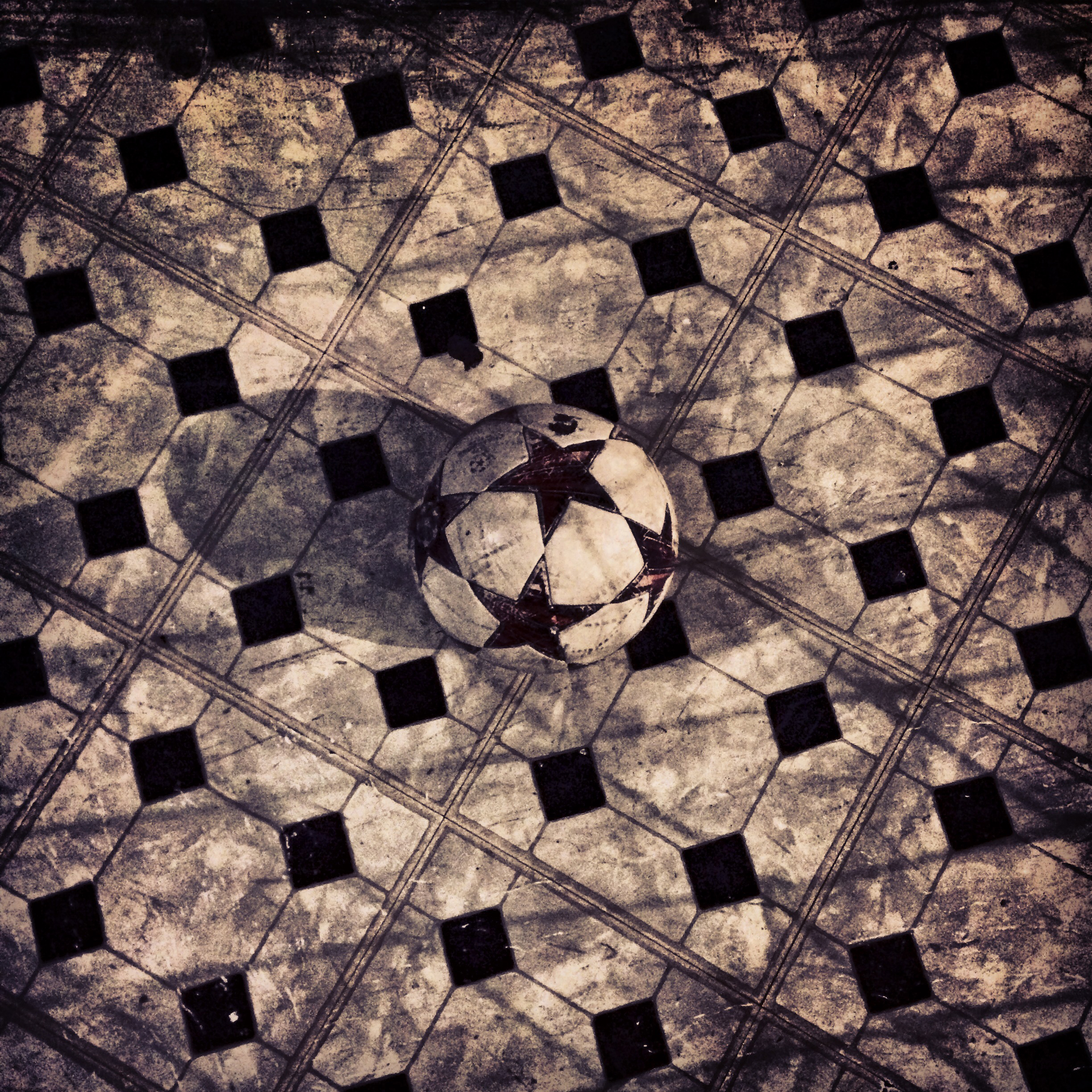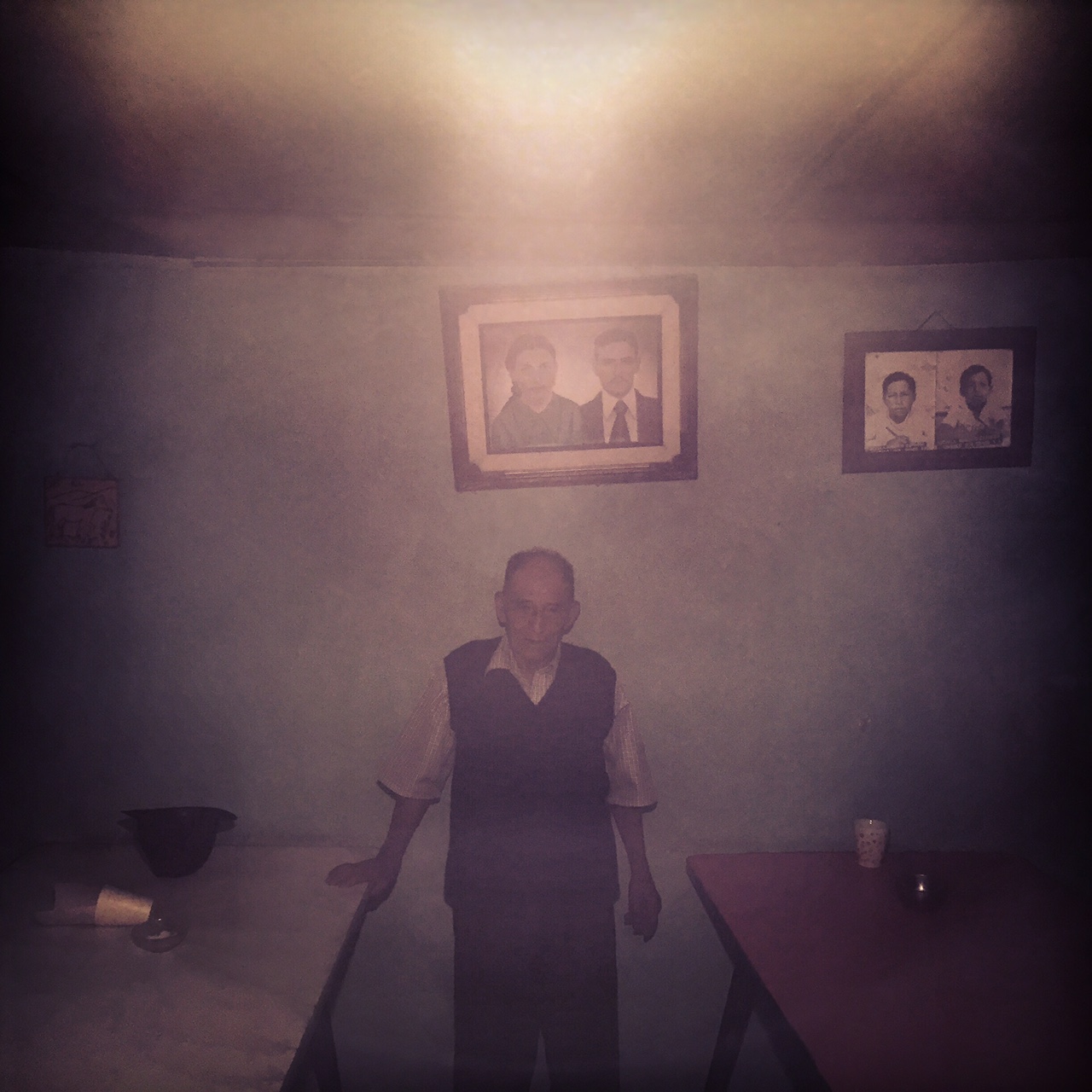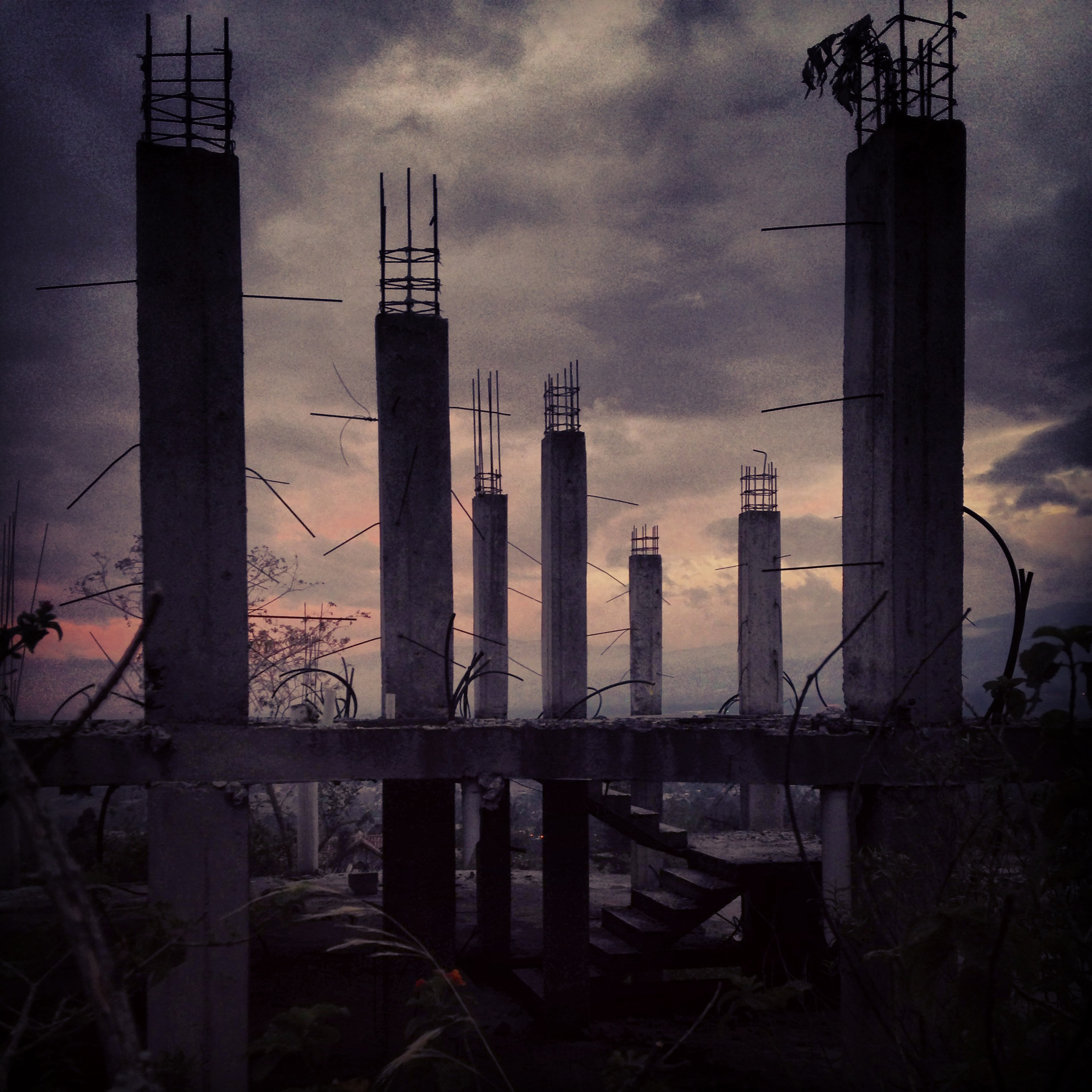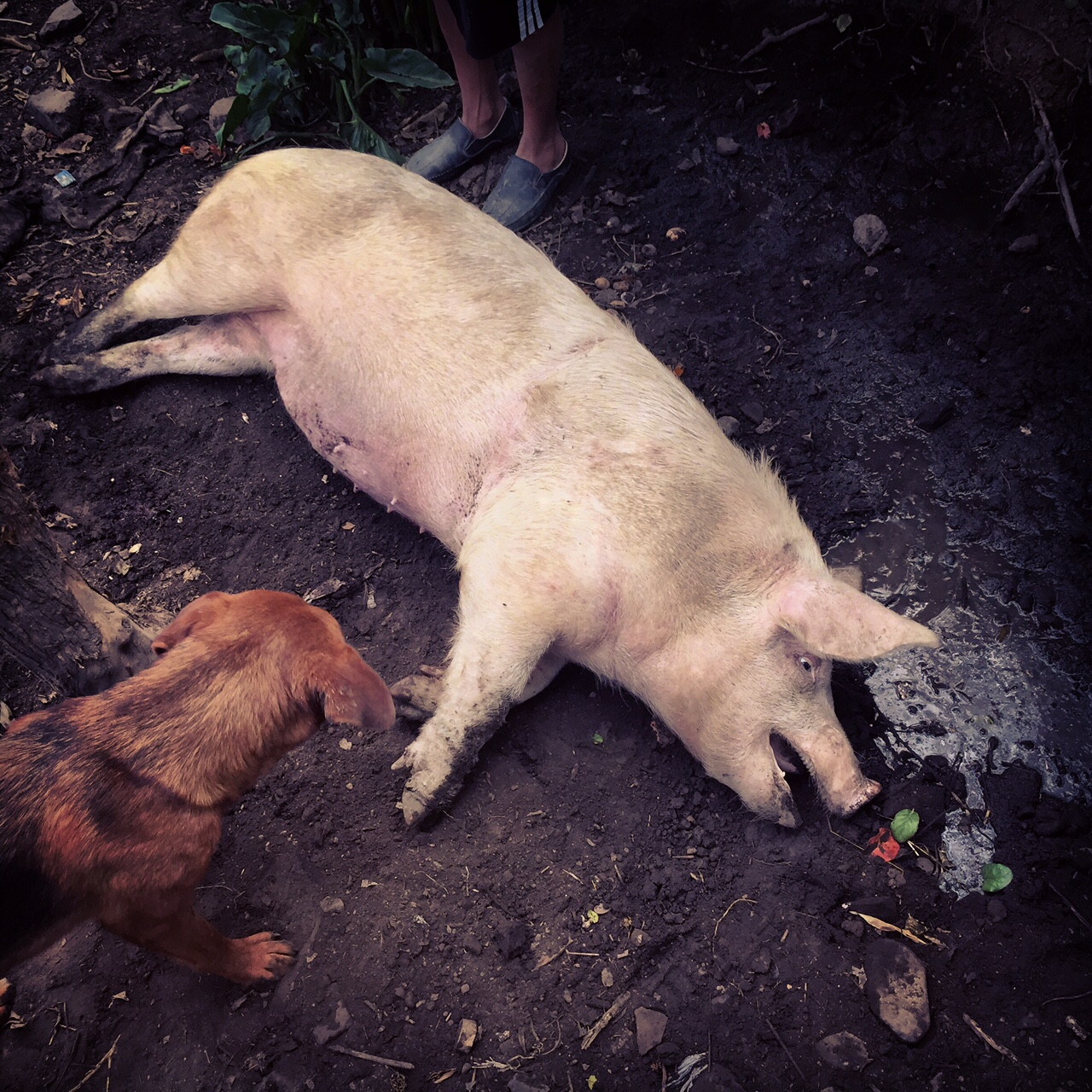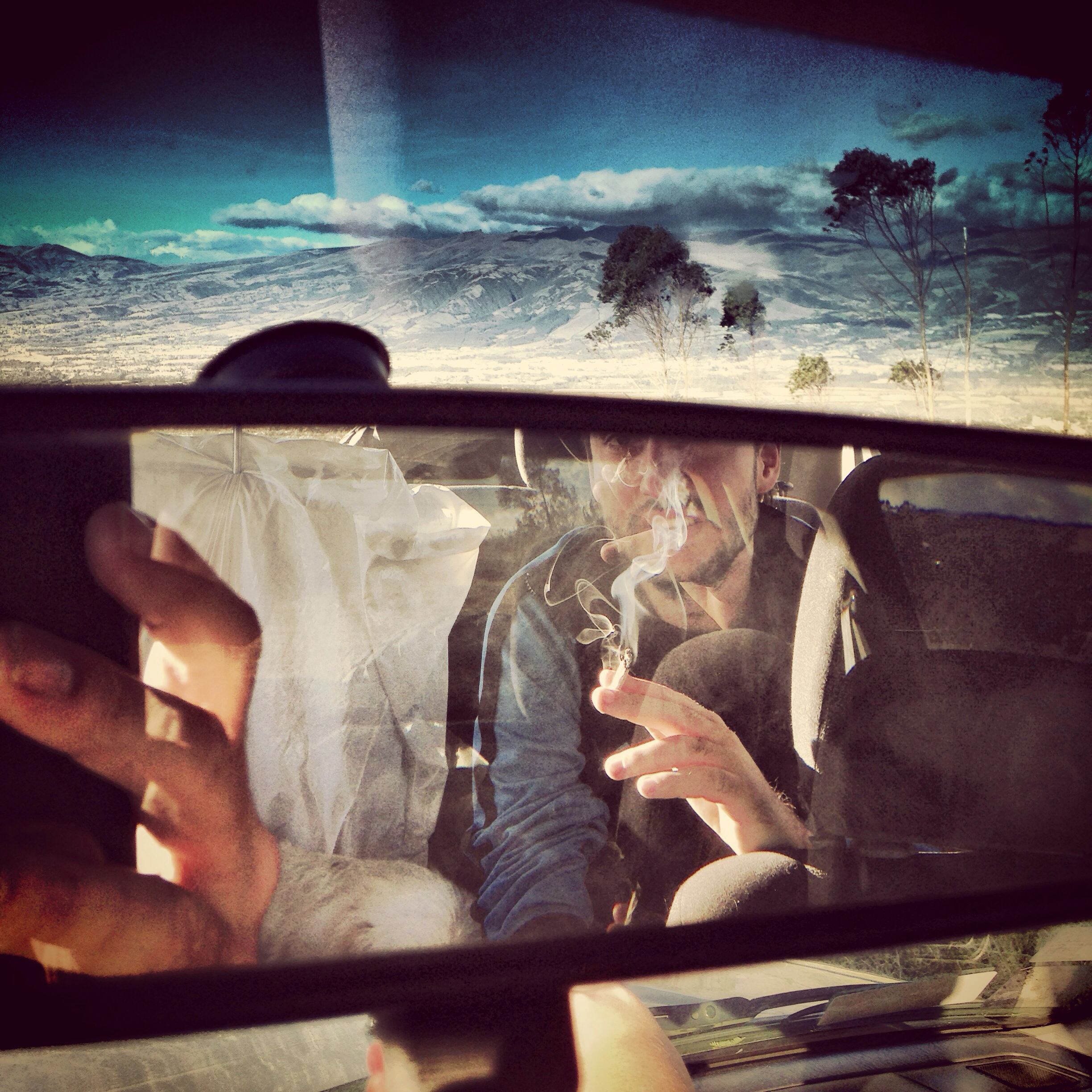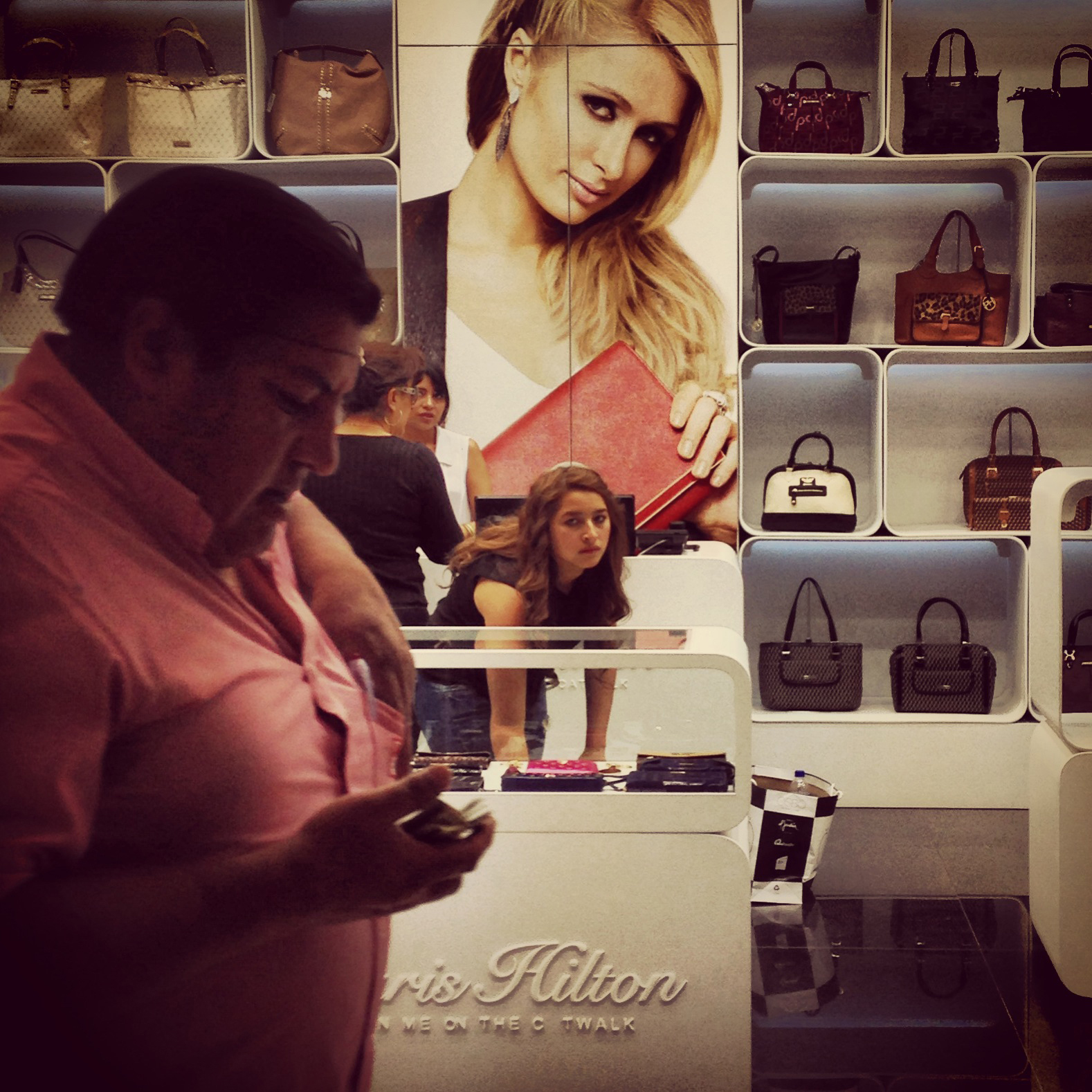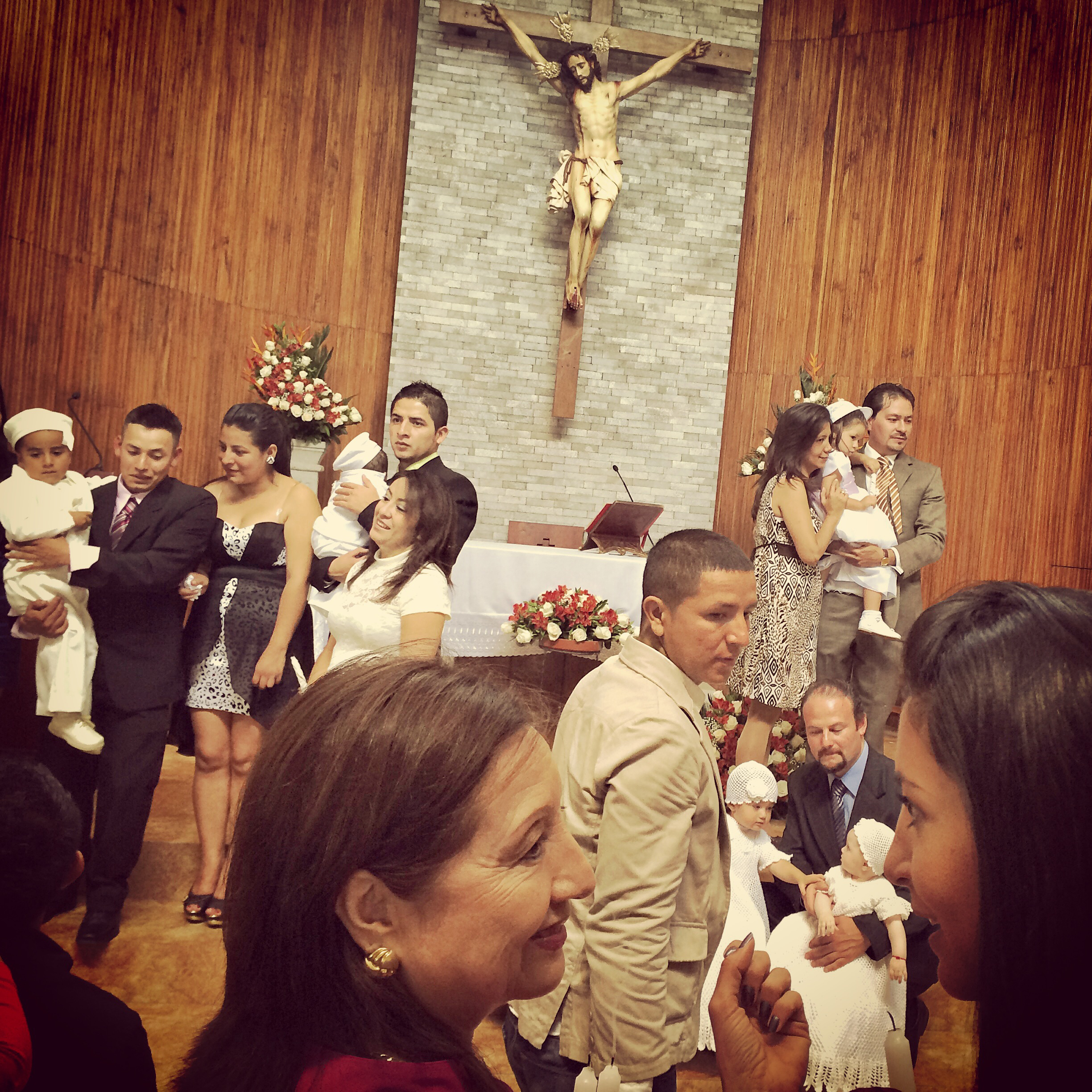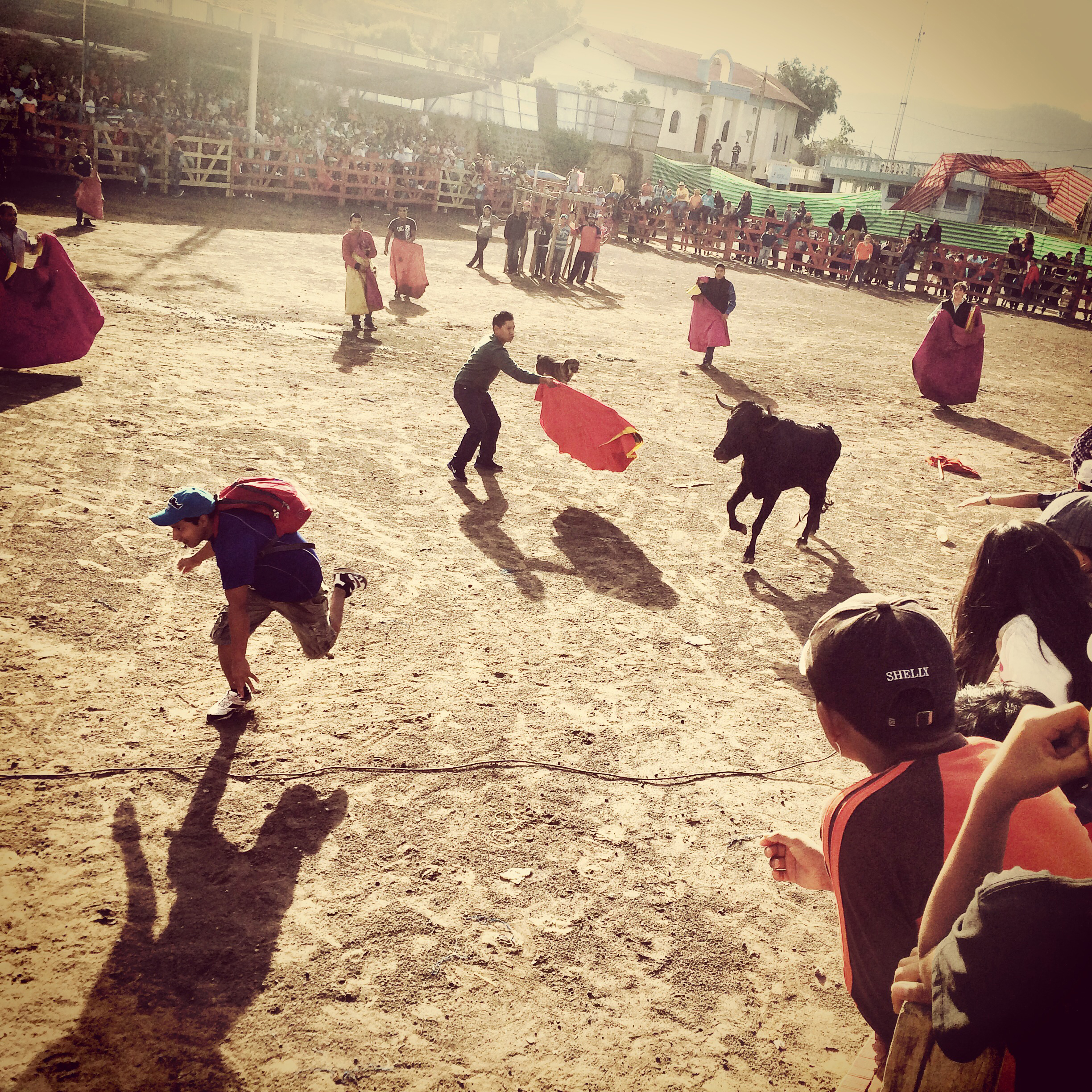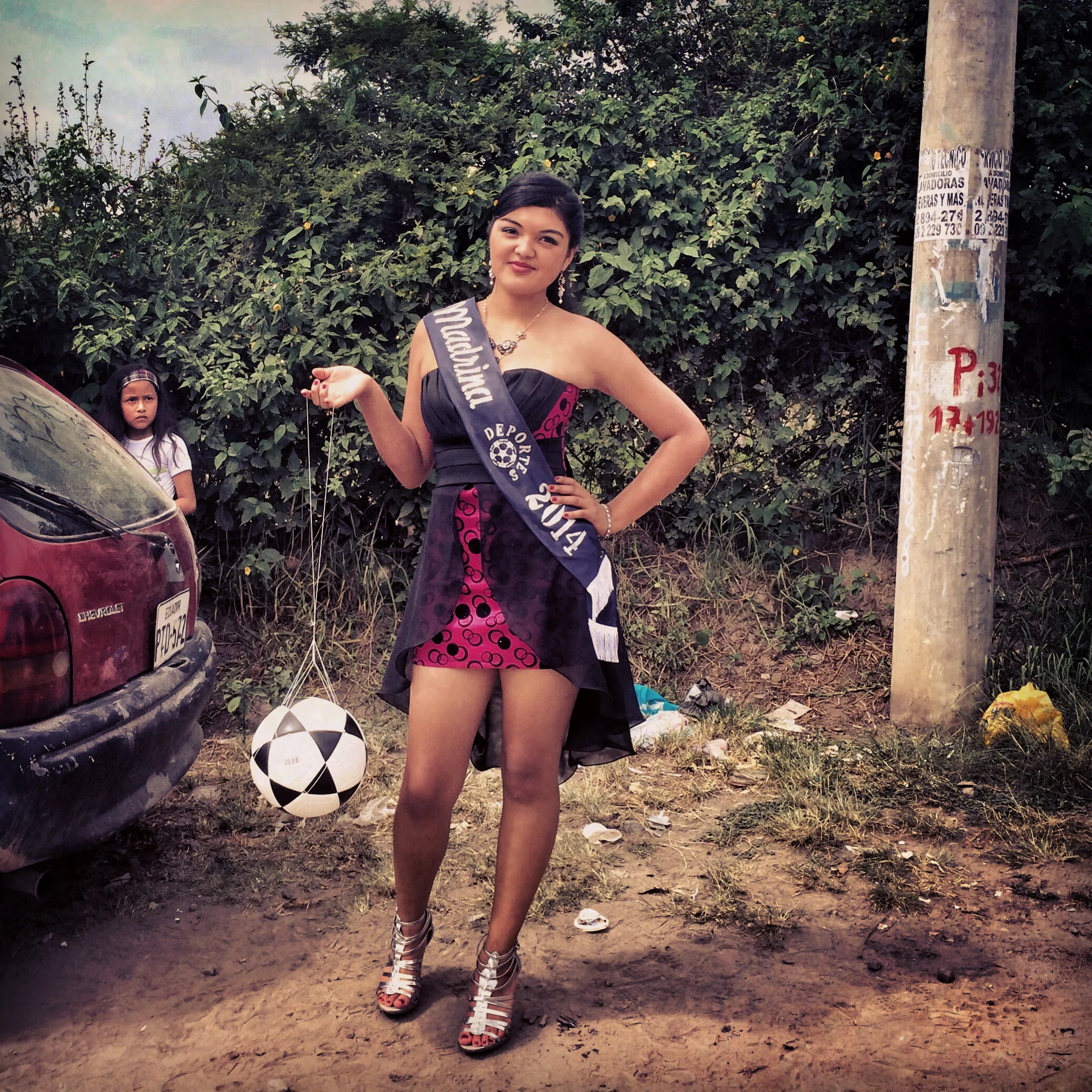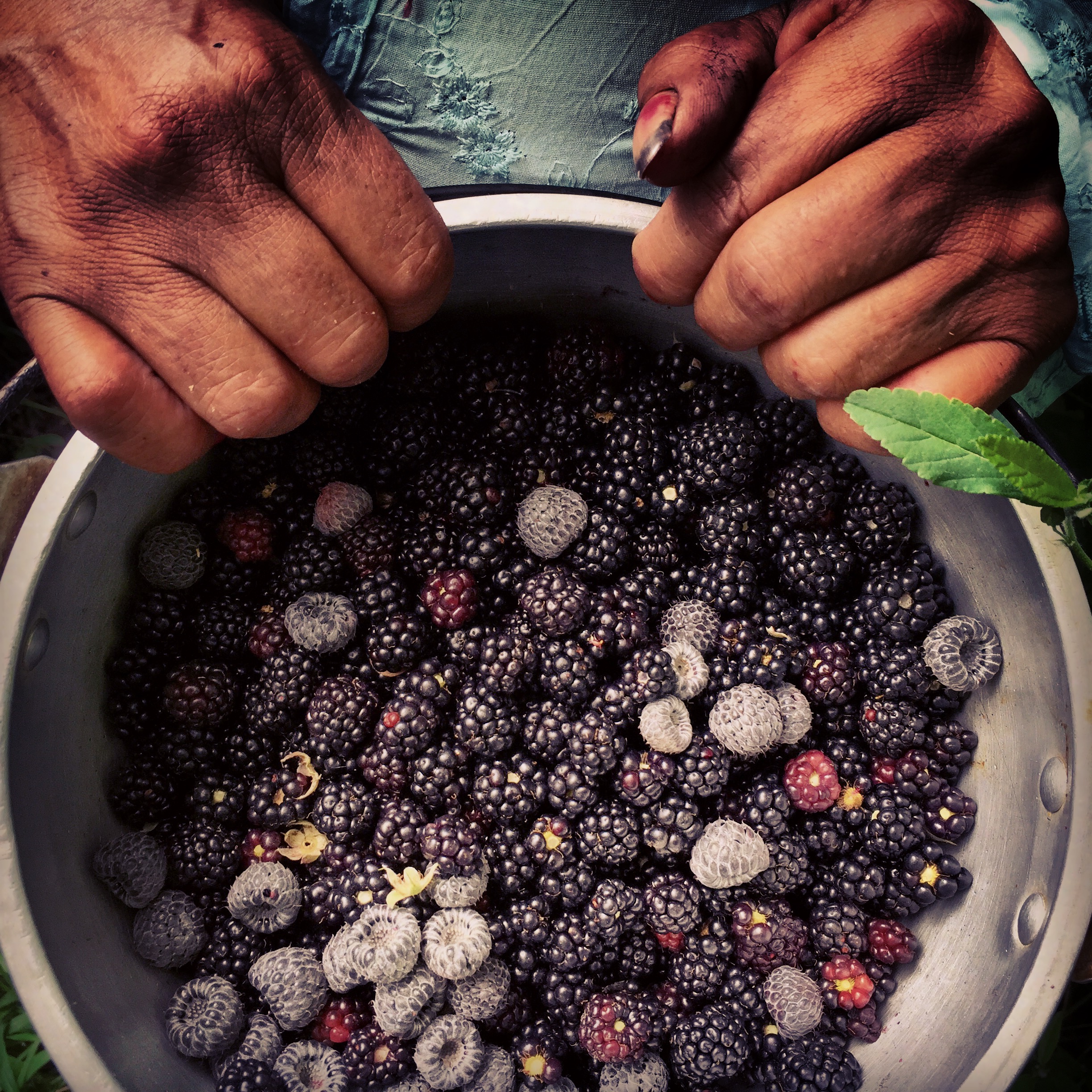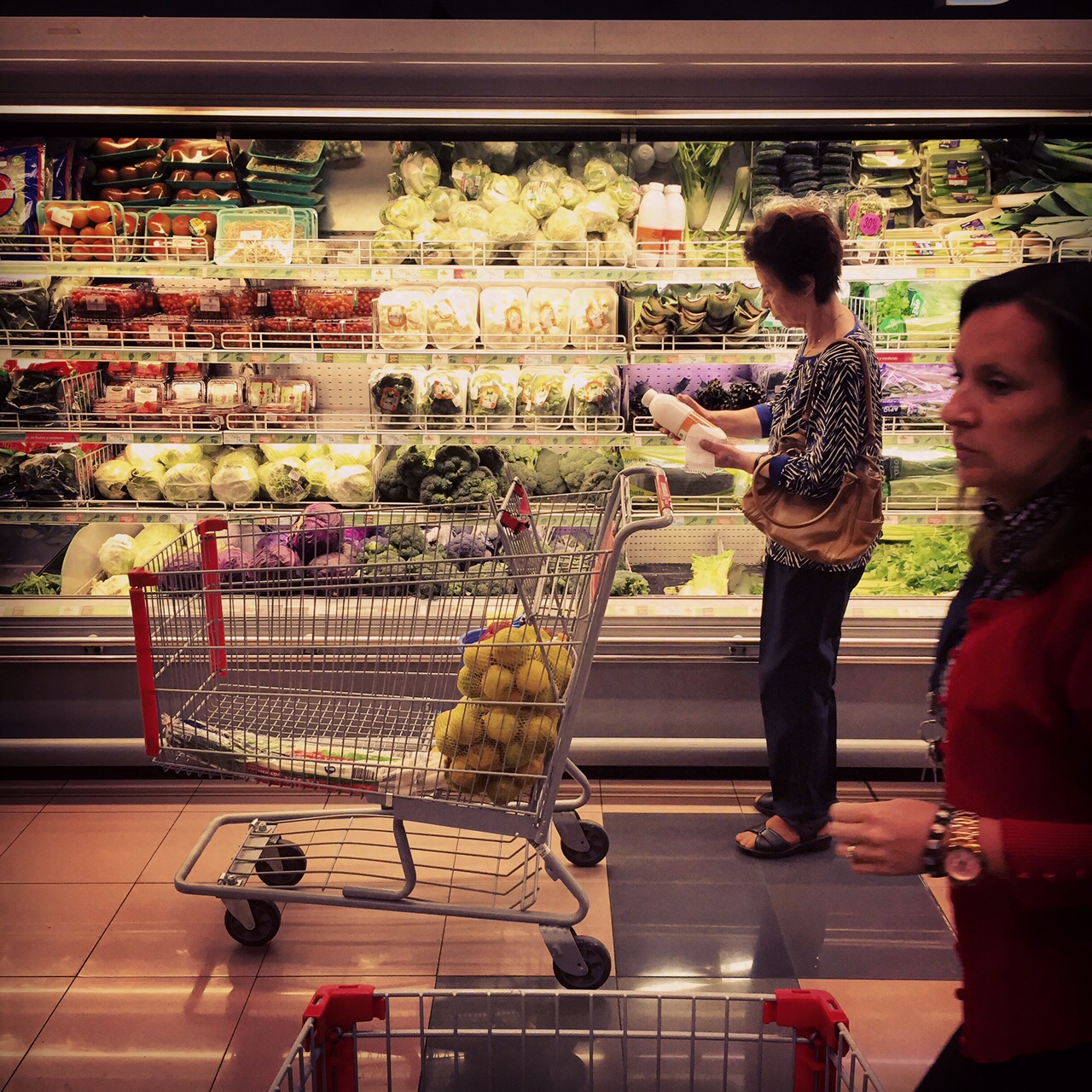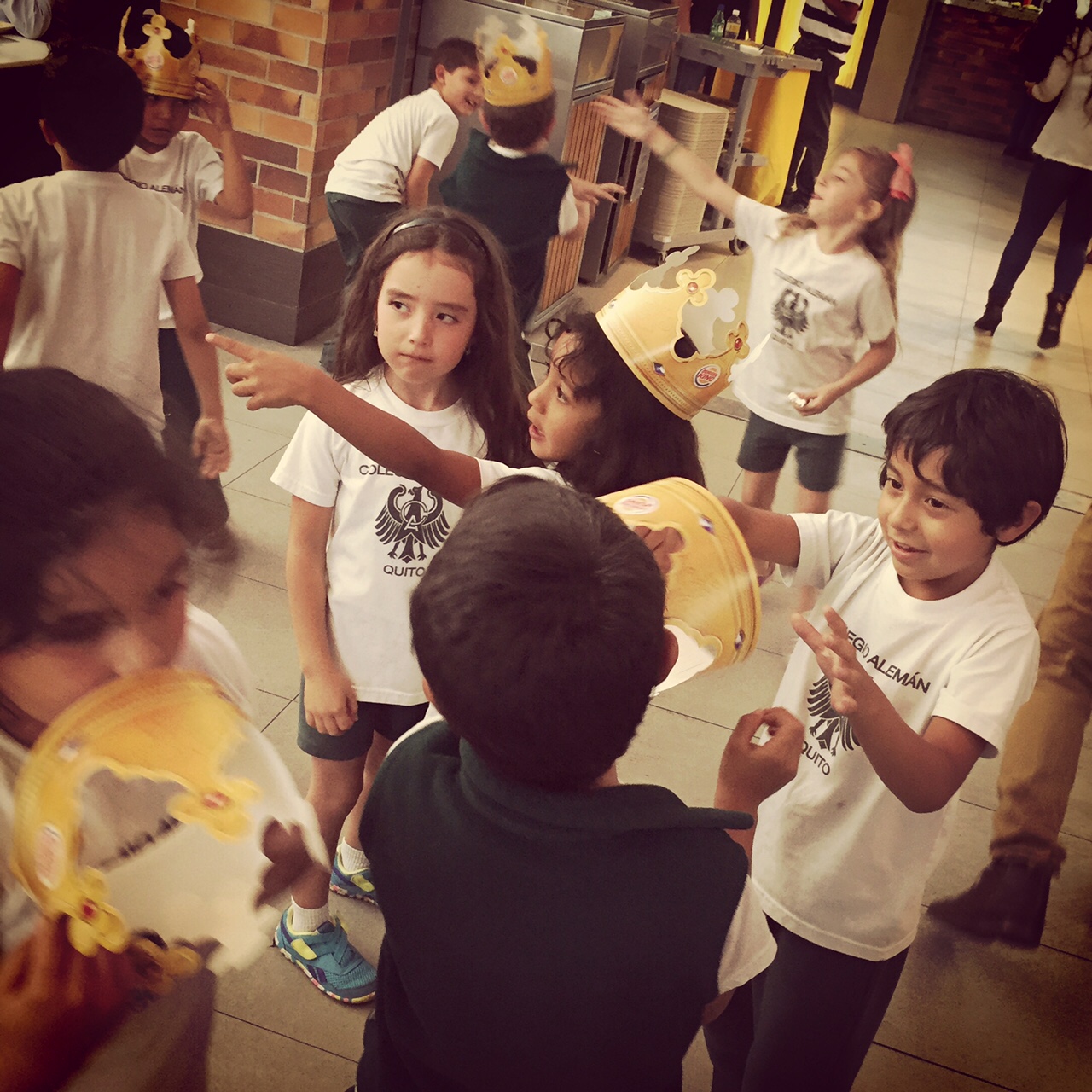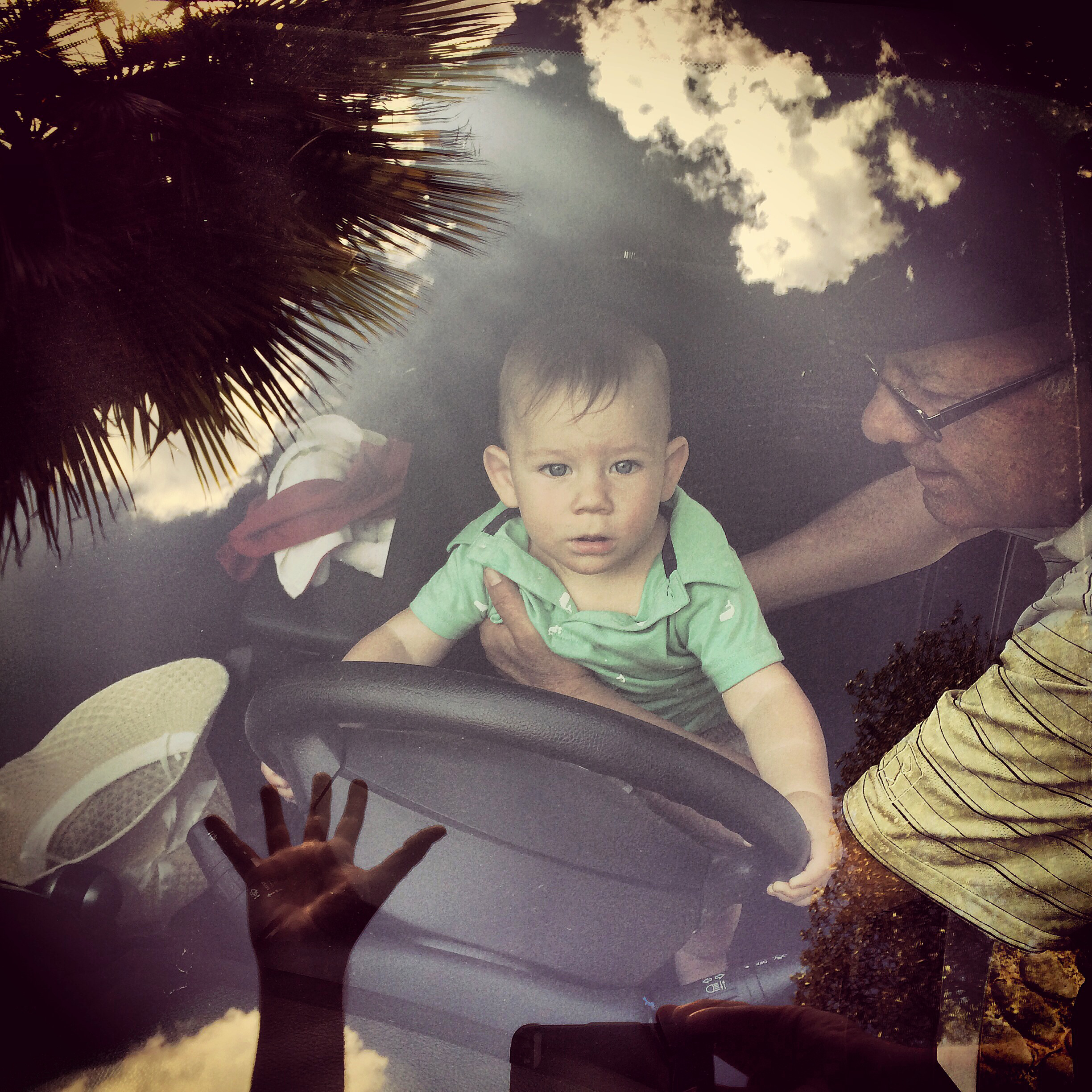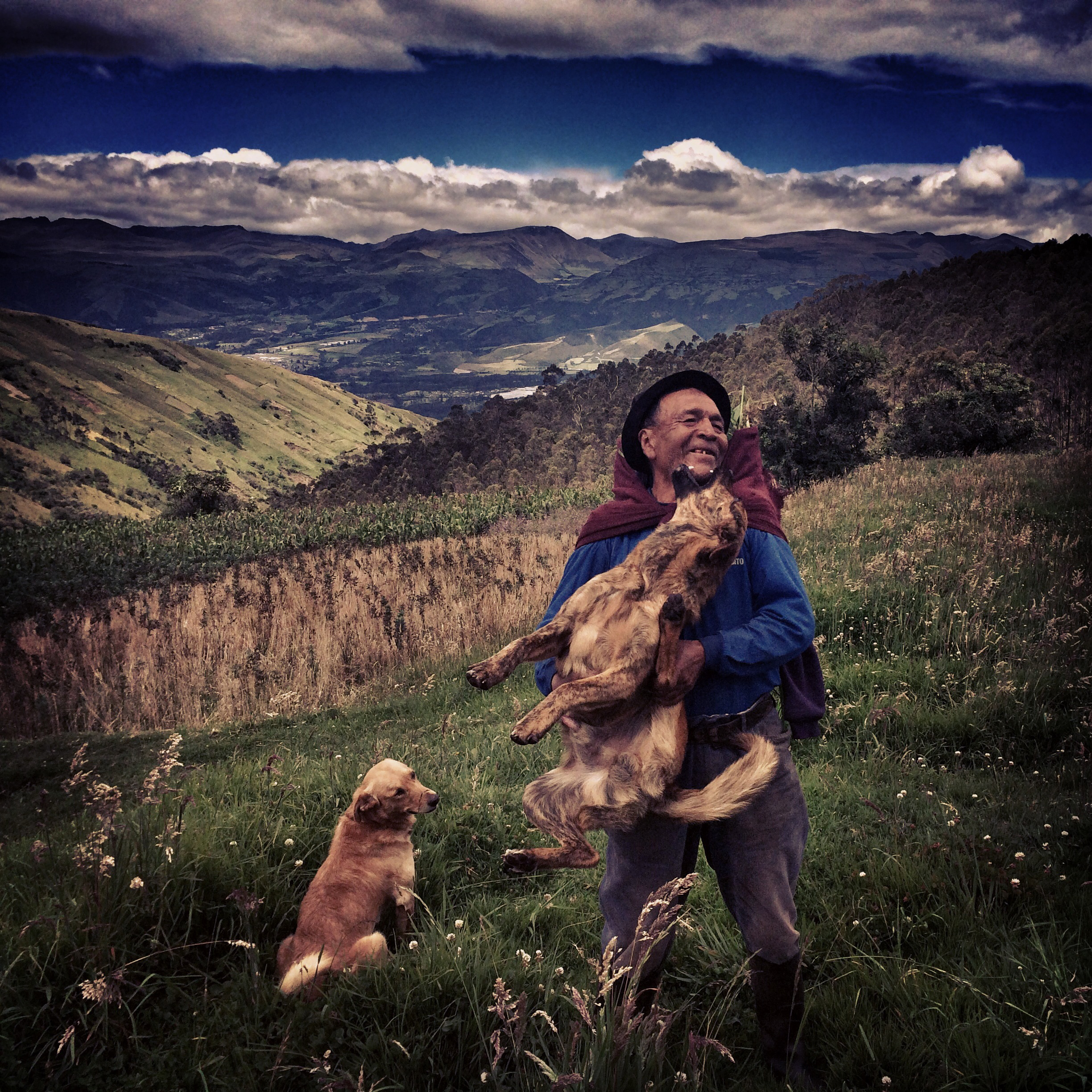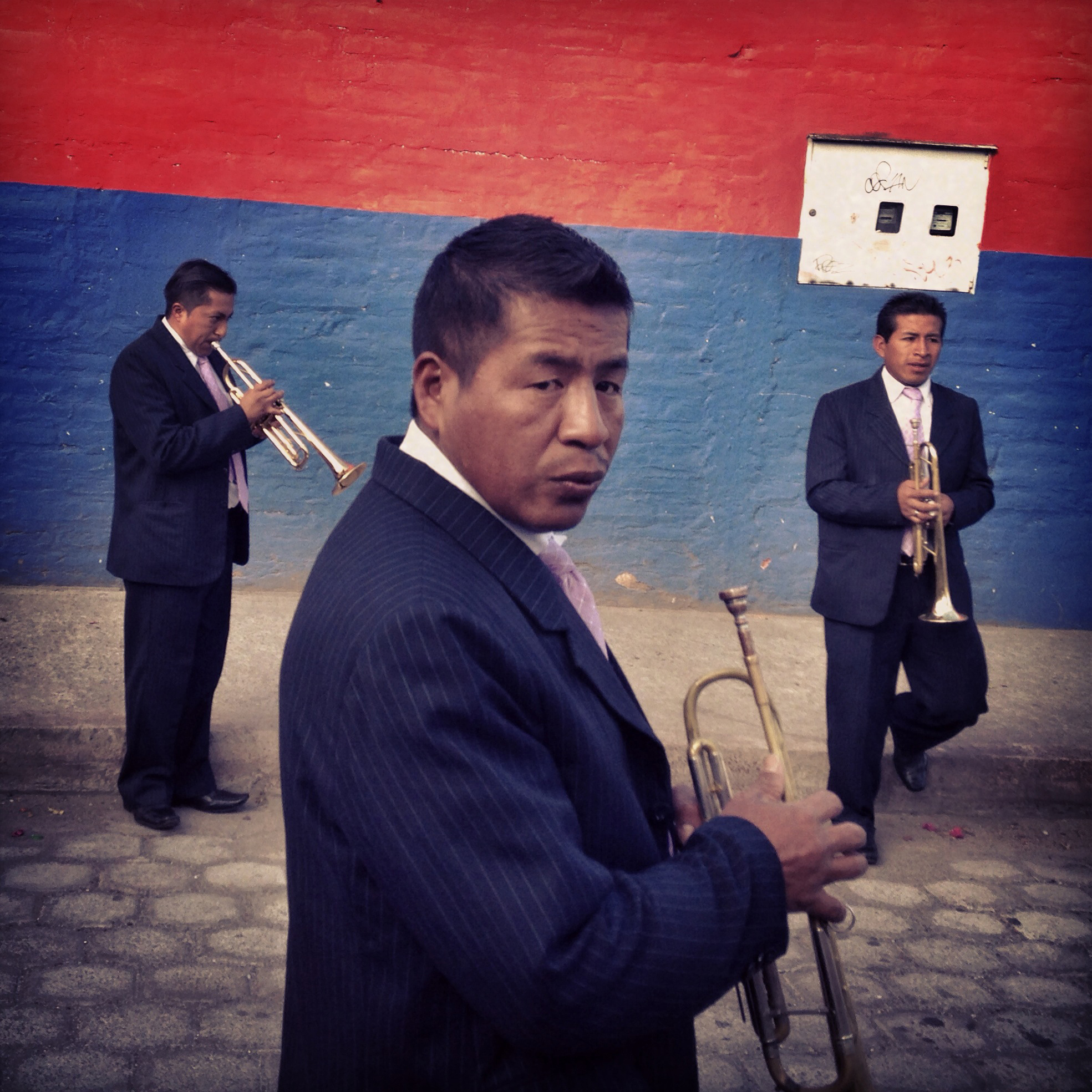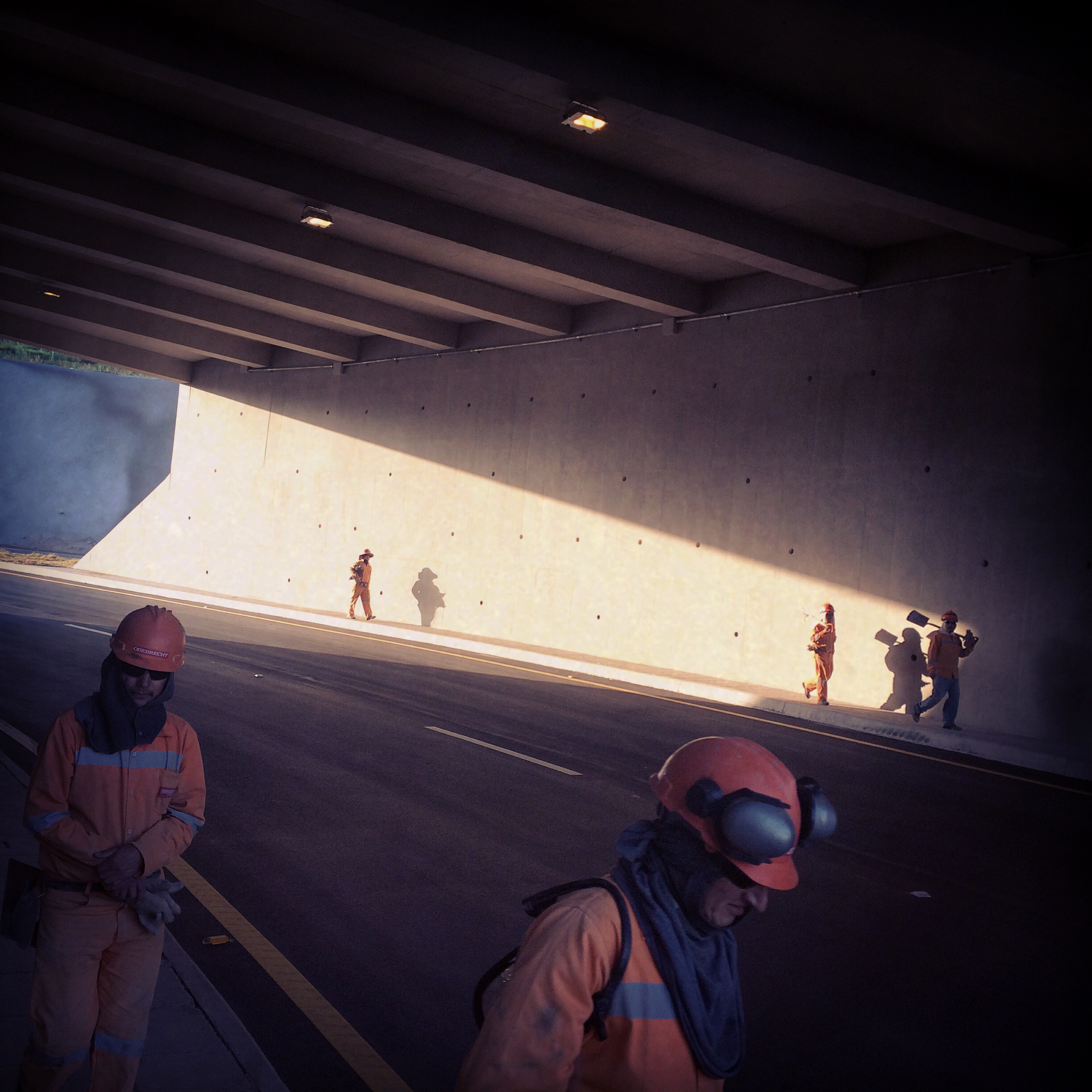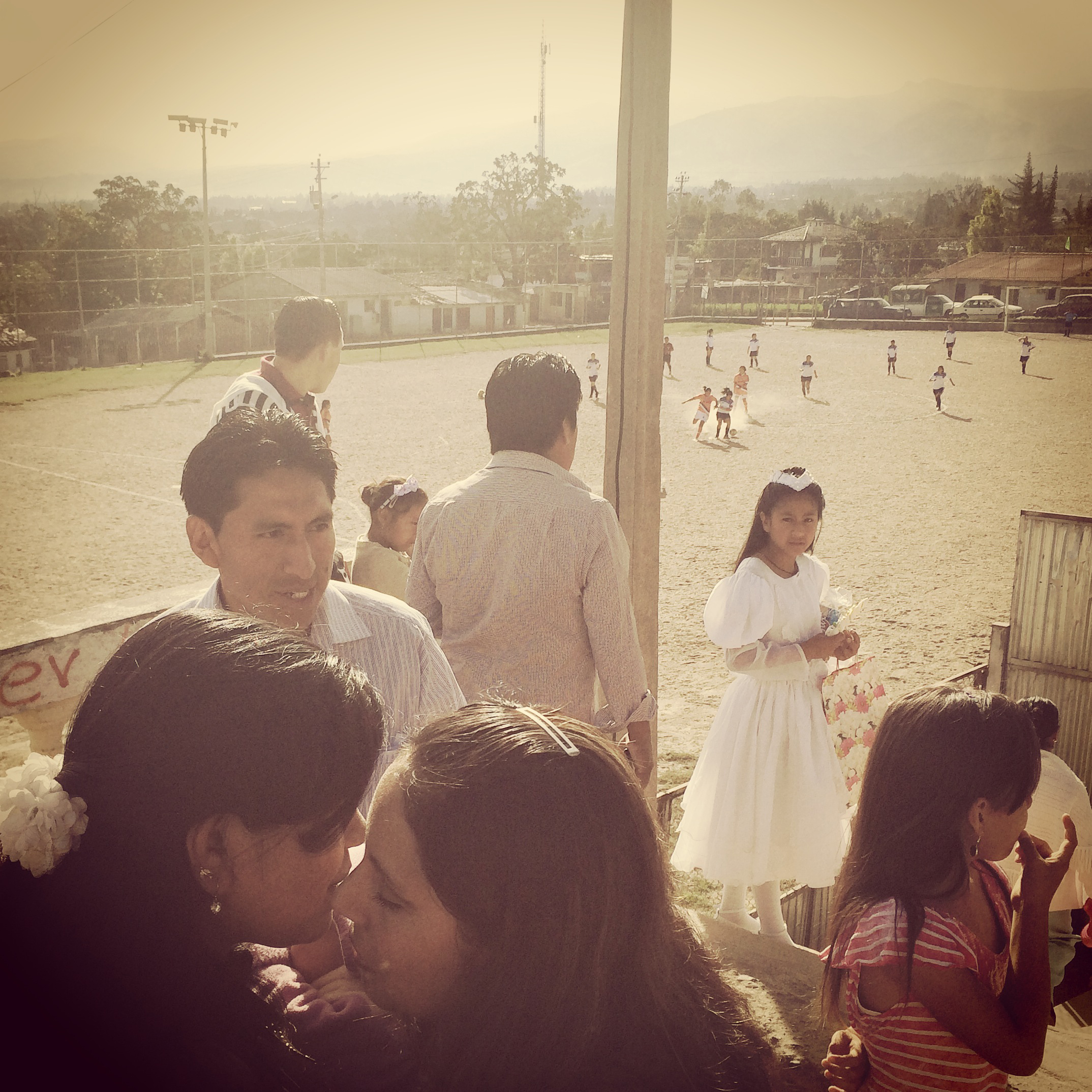#ProjectMiBarrio [by Ivan Kashinsky]
I live with my wife, Karla, and my newborn son, Nahuel, in a barrio nestled in the folds of Ilalo, an extinct volcano, which rests in the center of a valley near Quito, Ecuador. How the hell did I end up here? That’s a question I used to ask myself daily.
About 10 years ago I first set foot in this valley. I was a young man, eager to prove myself as a photojournalist and experience, first-hand, this new frontier—South America. I had met Karla, who is Ecuadorian, at San Jose State University, where we were both studying to be newspaper photographers. She was my photo editor at The Spartan Daily—the university paper.
There we were, so different, a California surfer kid and an Ecuadorian girl from a conservative family. Shortly after we met we were knocking over trays and bottles as we made out under the dim red lights of the darkroom, hiding from professors and photo students. After being separated for months on internships we found ourselves at Burning Man, naked and painted, running through the desert shooting Provia slide film. Karla yearned for her homeland and I was looking for some adventure. We decided to take a chance. I arranged to do my thesis on the indigenous fiestas of the Ecuadorian Andes and we headed south.
That was 2004, a lifetime ago. Since we weren’t married and Karlita’s father was old-school, I found myself separated from the house in a small subterranean cement room blessed with half a window for light to filter in. It was time to make a move. I found a spacious apartment for practically nothing in the city of Tumbaco. Now, I live in Rumihuaico, a small community on the outskirts of Tumbaco, a fifteen-minute walk from my first home. I’m older, and Karla and I are married. We’ve had some good fortune and have been lucky enough to get steady work. Ecuador turned out to be a good move.
As Karla’s belly was growing bigger with the baby, I was looking for a story I could really dig into without traveling too far from home. I began roaming the streets of Rumihuaico, casually documenting daily life with my iPhone. As I explored, I remembered what this place was like 10 years ago. Little old ladies walked their cows through the fields. Men gathered around to bet their monthly wages on cockfights. All of that was still here, but change was coming. Just as two bodies collided in that darkroom over a decade ago, two worlds were coming together here in Rumihauico.
At first the changes were subtle. A KFC was erected in Tumbaco. A small housing development sprang up where there was once just farmland. But recently these changes seem to be coming at an exponential rate. Two monstrous shopping malls now tower over the neighboring city of Cumbayá. Quito’s international airport moved into the valley, clogging up all the roadways. Bulldozers carved out valleys and took down old houses, making the way for a superhighway that will run directly through my barrio.
Literally, right before my eyes, the countryside is transforming into cities and suburbs. Advancement? That is a question that can’t be answered, but only asked by these photos. Will hundreds of years of ancestral knowledge be lost?
As I chatted with an elder he chuckled sadly and told me that none of his kids or grandkids ever pick up a hoe. As the older generation dies out, it is likely that most of their customs will go with them. Is it better for a teenage boy to know how to work the land or know how to work an iPad? What if he can do both? Can the sense of warmth and community that I see while walking the back roads survive as the city develops?
There are no right answers to these questions, but they definitely need to be asked. Change is coming, and it is coming fast. I think it is important to document it in order to understand what is happening in my barrio and all over the world. I know it may be selfish, but I sure will miss the “old Ecuador,” the one that is being replaced block by block.

